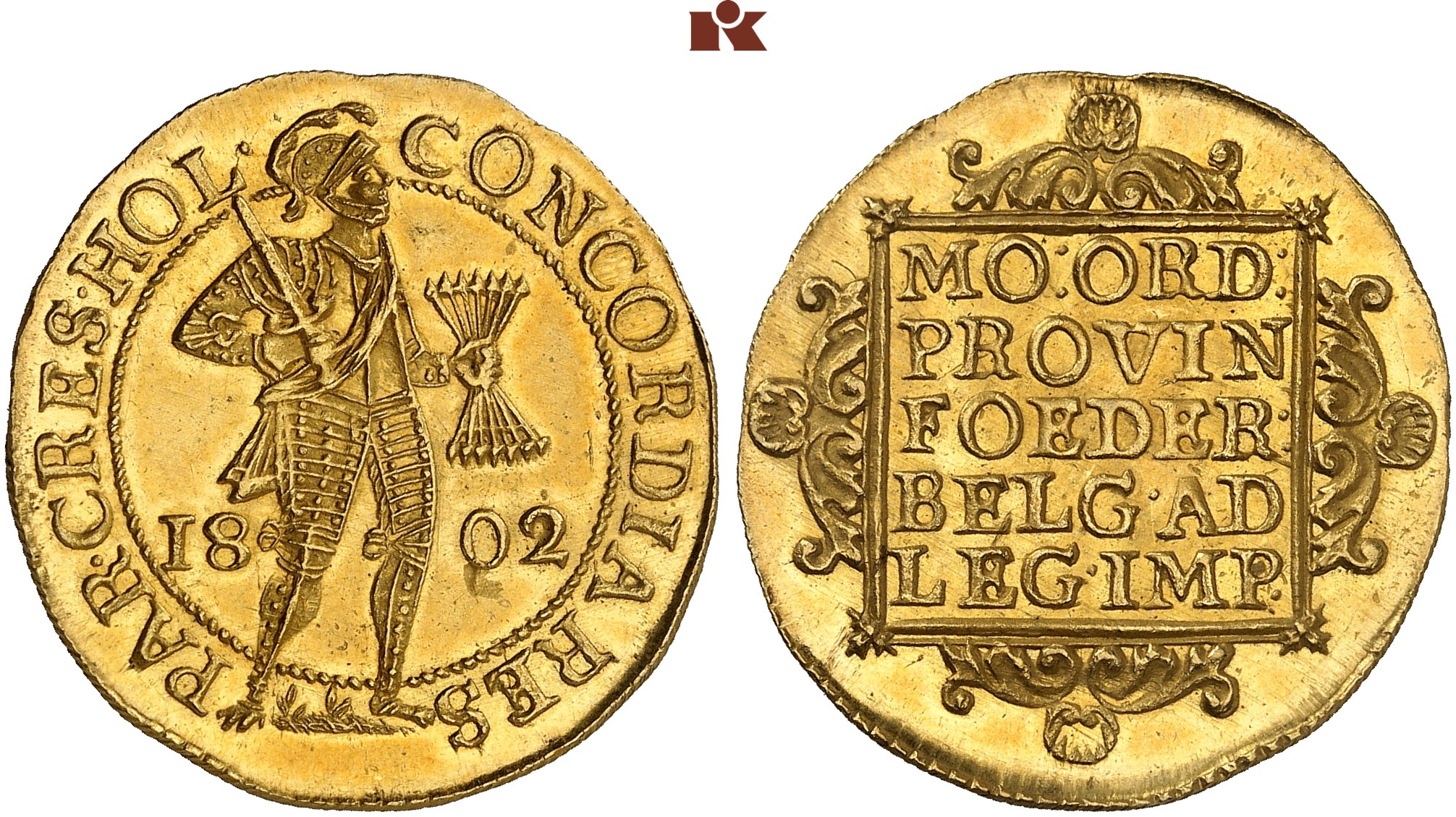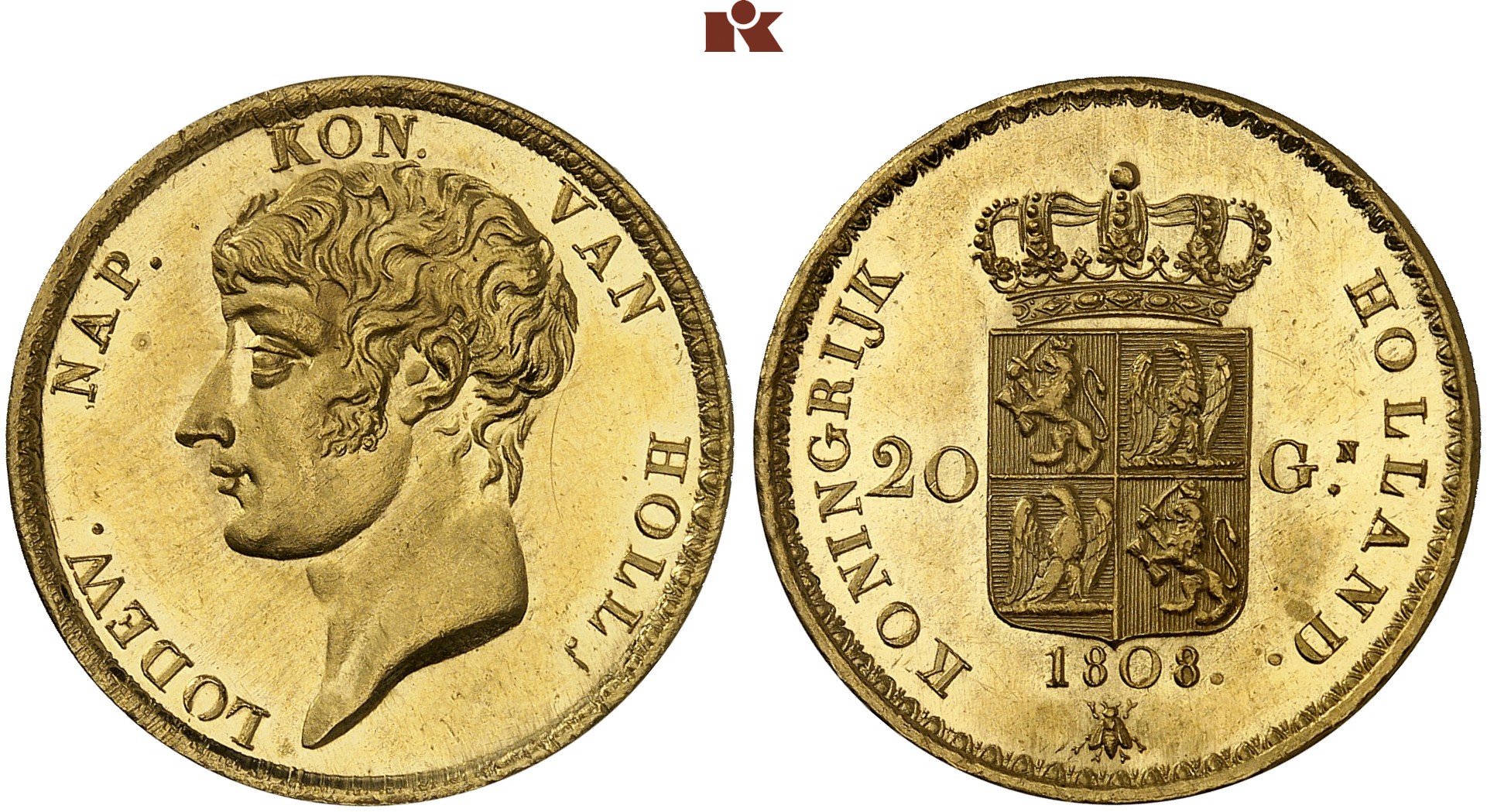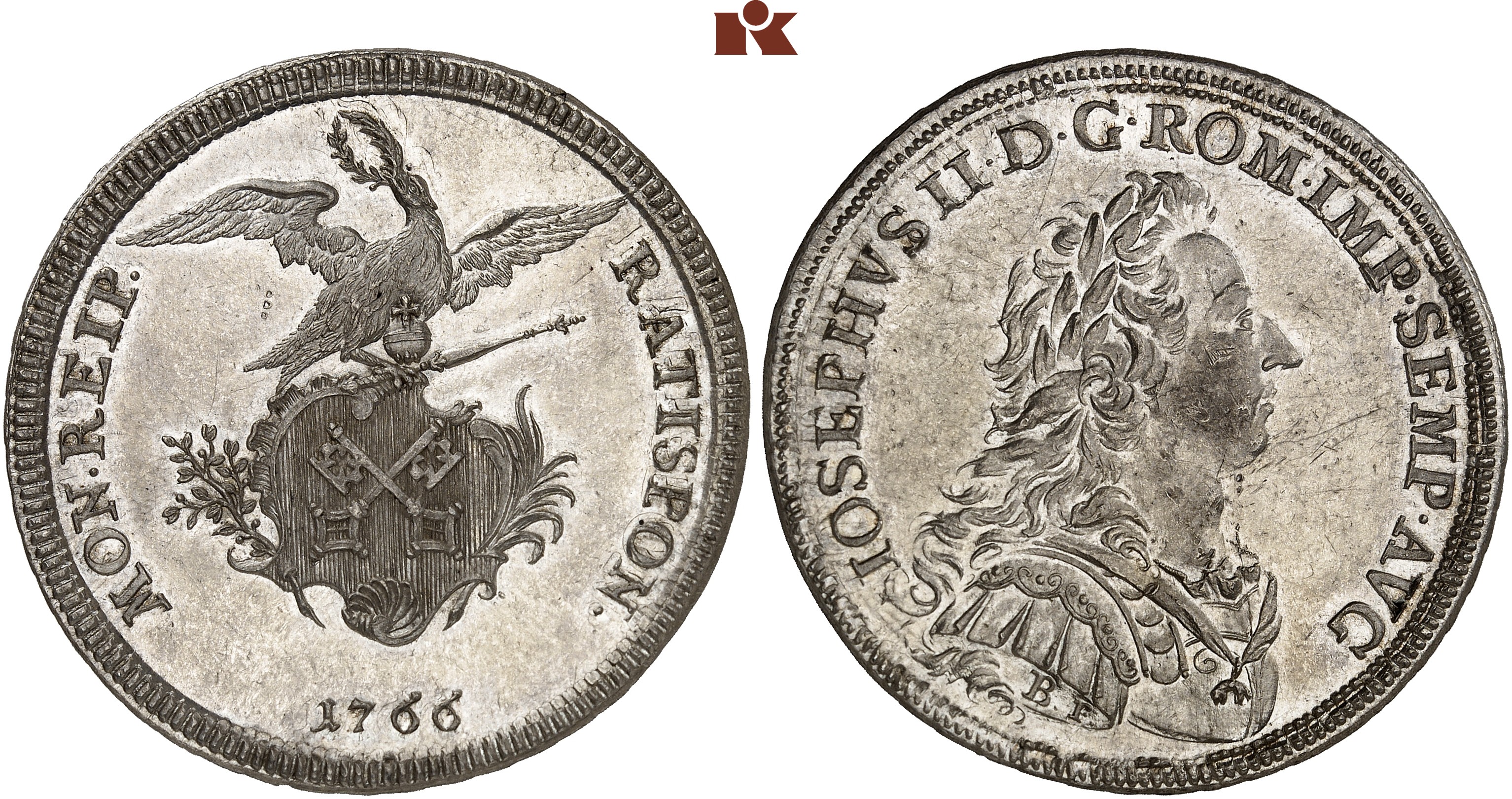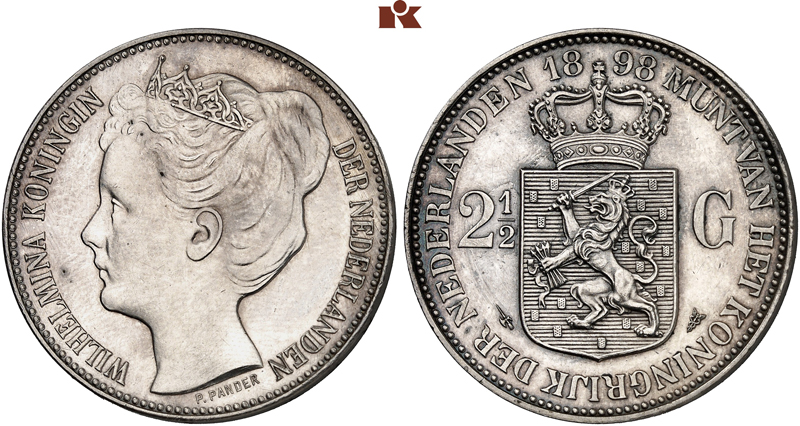The Lodewijk S. Beuth Collection: Coins of the Netherlands
31. August 2023 11:26
It all began in 1950 at Keizersgracht 448 in Amsterdam, when 50-year-old Lodewijk Beuth stepped into the Schulman coin dealership to buy some “getaway gold”. The Second World War was still all too fresh in his mind. He was afraid that the Russians might overwhelm the whole of Western Europe. He often thought of the story of a Jewish acquaintance, who had told him how he managed to take the money he needed with him when he fled: he had sewn gold coins into the lining of his jacket.
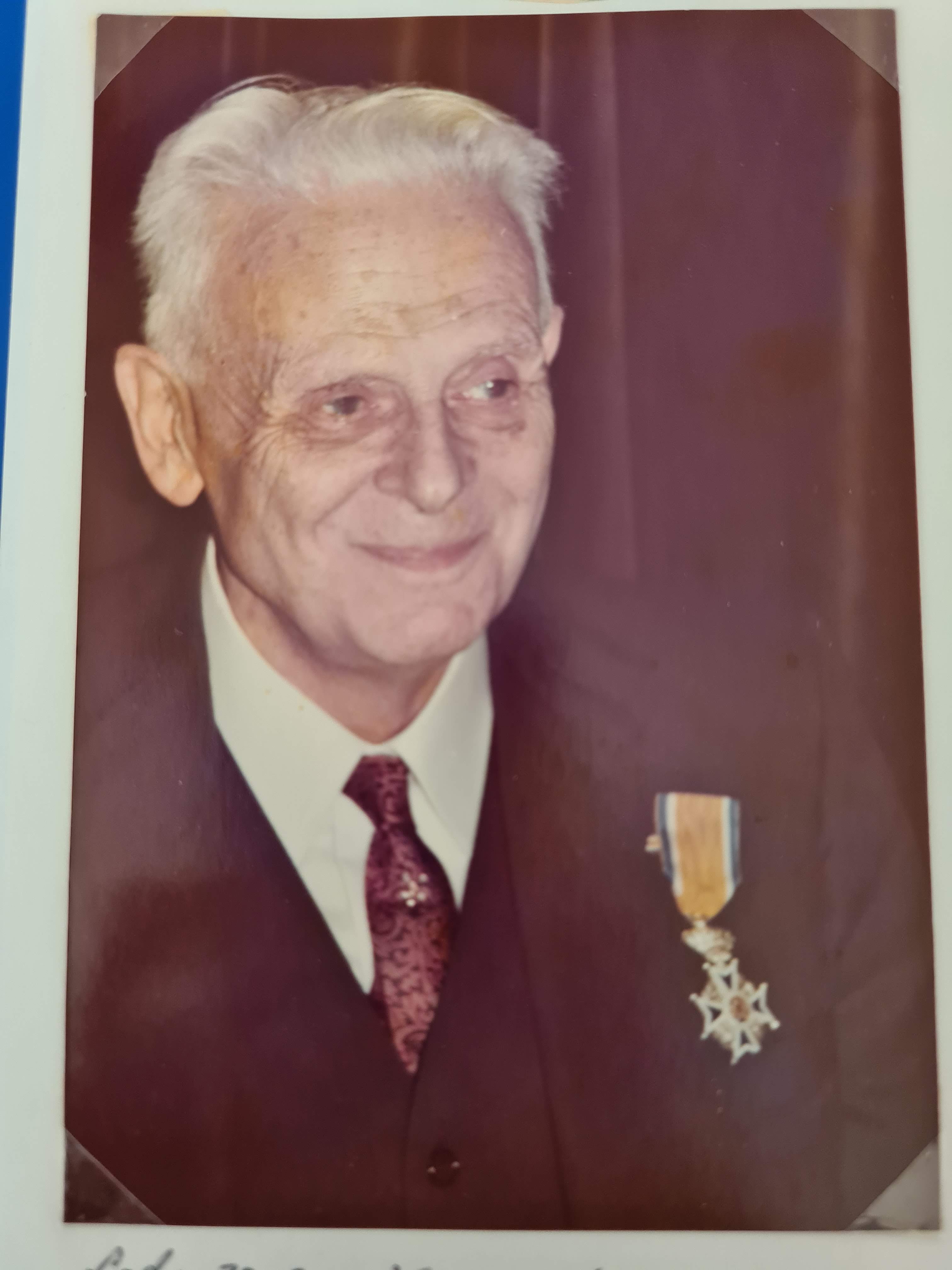
Portrait of Lodewijk S. Beuth
Mr Beuth, too, wanted to be prepared in case there was another war. At Jacques Schulman’s dealership, he purchased some gold coins for 1,000 gulden. But the coin dealer had some questions for his customer. He asked Beuth why he needed the gold 10-gulden pieces. The two men got talking. In the end, Jacques Schulman offered to exchange the gold coins that Beuth had just bought, which were in average condition, for some perfectly preserved pieces in case Beuth decided to start collecting.
And that is how Lodewijk Beuth, owner of an insurance agency, caught the numismatic bug. He would go on to spend many hours with Jacques Schulman at Keizersgracht 448, daydreaming about his ambition of building the largest and most beautiful collection of Dutch coins ever compiled.
Lodewijk Beuth had the good fortune to be collecting at a time when fantastic quality was not completely unaffordable. He bought items at all the major auctions of the 1950s. Connoisseurs will find pieces from the collection of the Egyptian King Farouk, sold in 1954 in Cairo by Sotheby & Co., and from the collection of Johannes Christiaan Paulus Eliza Menso, auctioned in 1958 by Schulman.
After Mr Beuth passed away in 1982, his son Hein Beuth continued his work. He collected the pieces still missing in his father’s collection with great diligence and attention to quality.
Now, the first part of this collection will be hitting the market at Künker’s auction 393. Laurens Schulman, who is working together with the Künker auction house to sell this collection, notes that the Beuth Collection is the highest-quality and most extensive collection of Dutch coins to appear on the market since 1988. This was the year that Christie auctioned the collection of Amsterdam-based collector Joop Berkman (1795-1984), 157 of whose lots are now back in the Beuth Collection.
From The Eighty Years’ War to 1986
So, what do collectors have to look forward to? First of all, there is a wide range of coins from between 1795 and the present day. In Künker’s auction 393, held on 27 and 28 September 2023, the auction house will be offering coins from the Batavian Republic and the Kingdom of the Netherlands. This will be followed by more than 200 lots of coins from Dutch overseas territories, i.e. the Dutch East Indies and Dutch West Indies.
Later auctions will feature siege coins from the Eighty Years’ War and coins from Dutch provinces and cities, as well as Dutch paper money.
Rarities from The Lodewijk S. Beuth Collection
The first part of the auction will feature great rarities and extensive lots. The many extremely rare patterns are particularly noteworthy. We have selected a few very special coins to give you an idea of what to expect.
The Bundle of Arrows
Supported by the young French Republic, the democratic Dutch founded the Batavian Republic. This was a short-lived state that saw the former Republic of the Seven United Netherlands transformed into a centralised state, modelled after the French system. Despite this, the new rulers decided to use old symbols for their coins. For example, the bundle of seven arrows held in the soldier’s hands represents the seven united republics. This image is reminiscent of a widely known story first recorded by Plutarch and Strabo, which has been adopted by republics again and again: a father wishes to impress upon his sons the importance of unity. To do so, he calls them together and shows them a bundle of thin sticks. The father then asks his sons to break the bundle. Even the strongest among them cannot do it. Then, the old man shows them that it is in fact possible. He unties the bundle and breaks each stick one by one. In doing so, he demonstrates that together, through their unity, they would be unbeatable, whereas on their own, they are easily defeated. This is also indicated by the motto on the obverse, which translates as: unity makes strength.
Under Napoleon’s Thumb
Napoleon forced the fledgling Batavian Republic to accept his younger brother Louis as king. But Louis scuppered the emperor’s plans: he identified with his subjects and refused to enforce the Continental Blockade demanded by Napoleon.
Louis Bonaparte’s sympathies are illustrated on this coin by the fact that he translated his name into Dutch. Louis became Lodewijk. The small bee beneath the year 1808 on the reverse, however, is a reminder that Lodewijk was a Bonaparte and was actually supposed to be representing his brother’s interests.
Napoleon responded appropriately. Two years after this coin was minted, he forced Lodewijk to step down and took over control of the Netherlands himself.
Peace and Prosperity
In 1813, the Netherlands revolted against the French occupation. They proclaimed the son of William V of Orange as Willem I, King of their realm. He, too, promoted the centralisation of the country and encouraged trade.
This also involved the production of the pattern of a coin intended for trade with the Baltic Sea States, of which only 12 specimens were minted. After all, the year 1815, when these patterns were minted, is also when the foundations for a peaceful Europe were laid at the Congress of Vienna. This presented the trading nation with many opportunities to, for example, intensify trade with Baltic Sea ports again. With the aim of simplifying financial transactions, this pattern was an attempt to match the weight and fineness of the silver ducat with that of the reichstaler.
The Kingdom of the Netherlands
Three years later, a silver pattern was produced for the kwartje, a small coin worth 25 cents. The royal crown of Willem is proudly depicted on the obverse and reverse. It also features the little bundle of arrows we discussed earlier; they are held in the left paw of a lion, the Netherlands’ national animal.
But there was no unity to be found in 1830, when the Catholic region of Flanders refused to accept the superiority of the Reformed provinces. In the Treaty of London, the Catholic provinces became the independent hereditary monarchy of Belgium. Since then, it is no longer referred to as the United Kingdom of the Netherlands, but as the Kingdom of the Netherlands.
The Negotiepenning
Willem II was the eldest son of Willem I. He took over after his father abdicated the throne in 1840. At the ripe old age of 65, Willem II was planning to marry a Roman Catholic countess. To avoid burdening the crown with this controversial marriage, he handed over power to his son, then 45 years old.
And that brings us almost to the year 1848, when an extremely rare pattern of the double Negotiepenning was produced. In this major year of European revolution, the Netherlands also took a stand. Willem II had to negotiate and agree to a constitution.
Incidentally, the name “Negotiepenning” does not refer to these negotiations, but rather to the fact that the coins were intended for foreign trade. That’s why they do not feature a denomination, just the weight and fineness.
A Gulden for The World’s Fair of 1867
In March 1849, Willem II died. His eldest son Willem III assumed the throne. Due to the new constitution, which he had vehemently opposed – at times, Willem III had even talked about abdicating – his political influence in the Dutch state was severely limited.
This is not at all evident when we look at this gulden, one of the great rarities of Dutch numismatics. They say that only three pieces were produced: two were made for the World’s Fair in Paris, while the third was purchased by a coffee merchant in Rotterdam. This claim has not been verified, but we do know that the Netherlands’ national collection of coins and medals does not contain a specimen of this coin.
A Unique Dutch Pattern From 1898
Willem III did not leave behind any surviving sons when he died, but rather a 10-year-old daughter, whose mother took charge as regent. Both women were able to hold their own in the political arena of the day.
This pattern of 2 1/2 gulden was produced in 1898 in Utrecht. Just one specimen is known to date. And we can actually narrow down the time of minting even further. Lodewijk Beuth proved it in an article published in the numismatic journal “Jaarboek voor munt- en penningkunde” in 1956 – one year after he purchased this coin. This article, entitled Een merkwaardige Muntvondst: een onbekende proefslag van de Rijksdaalder 1898 (English: “A curious coin discovery: an unknown pattern of the 1898 Reichdaalder”), asserted that: the coin was produced between 21 March and 16 April 1901, because it was only during this period that this precise combination of dies and edge inscription could have been possible.
Wilhelmina was the first of three great queens of the Netherlands. Churchill is said to have called her “the only true man in the Dutch government” – rather a dubious compliment today. But what he meant was that Wilhelmina was true to her principles. She declared neutrality during the First World War; she refused to extradite the German Kaiser to the Entente powers; and, after the occupation of the Netherlands during the Second World War, she became a symbolic figure of the resistance
Coins For the Dutch Colonial Empire in Java
Like other European powers at the time, the Netherlands also had a colonial empire until well into the 20th century, which it exploited to benefit its domestic trade. This included the island of Java, one of the four Greater Sunda Islands of Indonesia. Java supplied highly sought-after colonial goods, such as sugar, tea, coffee and rubber. The island was also home to quinine plantations. At the time, quinine was an extremely important medication used to treat the widespread disease malaria.
We can read about how the plantations on Java were managed in those days in Max Havelaar, a novel written by a former colonial official. The book’s title struck a chord at the time and ended up becoming a household name: today, the Max Havelaar Foundation promotes fair-trade products.
The half rupee serves as a good example of the cultural diversity on the island of Java: the denomination “rupee” actually comes from India. The lettering is local, the year is Arabic and the mint mark of the Dutch mint master J. A. Zwekkert – a rooster – is very European.


